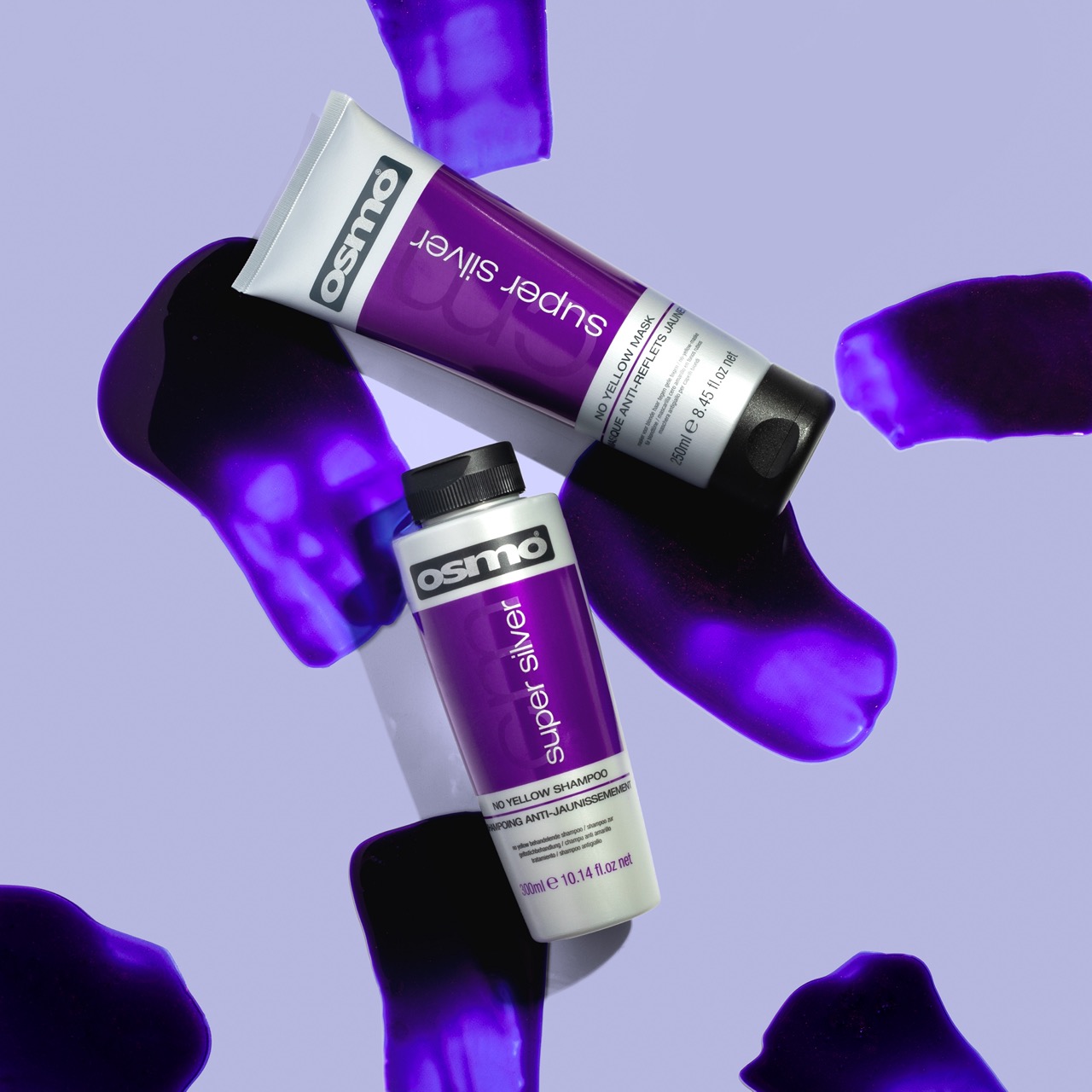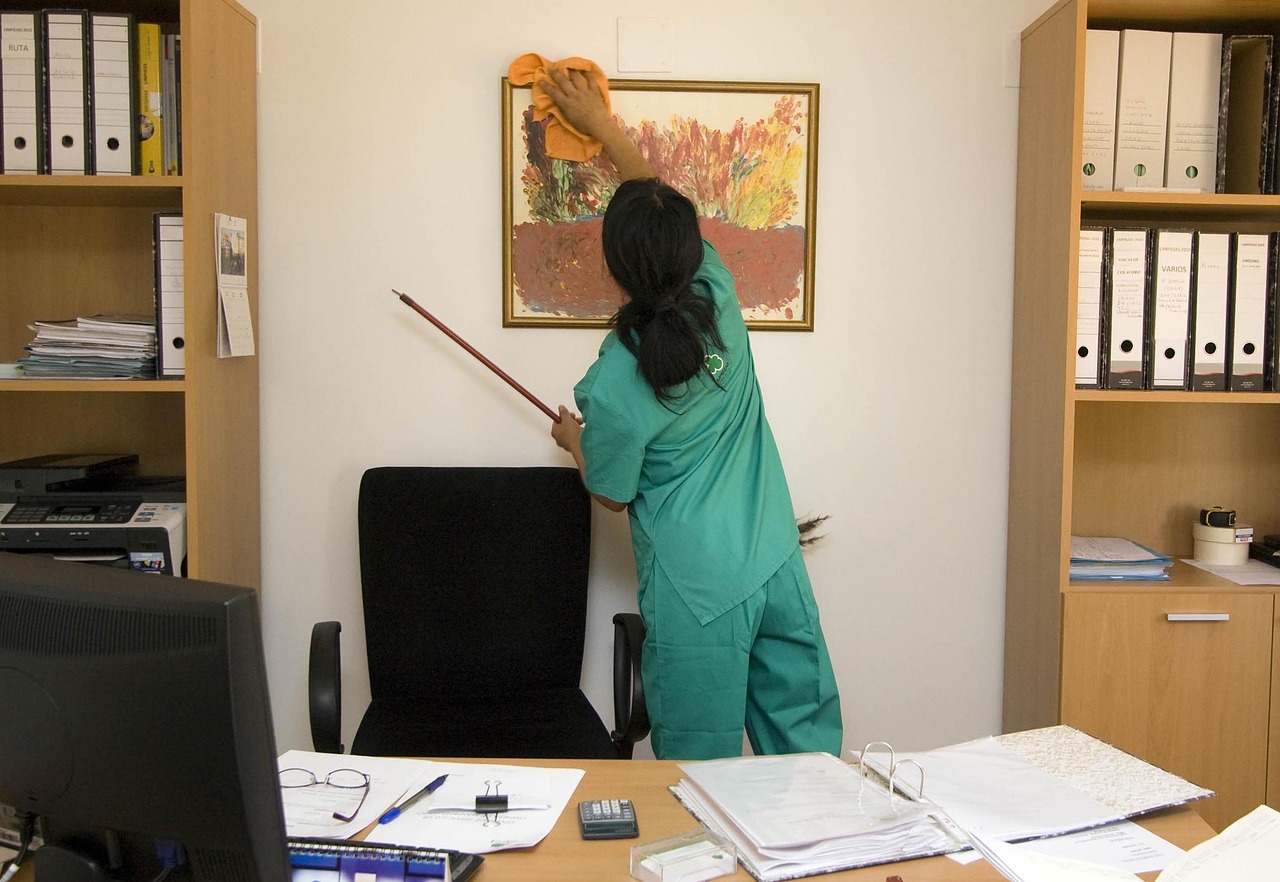
Unveiling the Secrets of Successful Product Photography in the UK
When it comes to successful product photography in the UK market, there are key factors and techniques that play a crucial role in capturing stunning images that attract customers. Understanding these secrets can give your product photographs the edge they need to stand out in a competitive market.
One of the most important factors in product photography is lighting and composition. Proper lighting can make all the difference in showcasing the features and details of your products. Whether you’re using natural light or studio lighting setups, finding the right balance and angle can create visually appealing images that draw customers in. Composition, on the other hand, involves arranging the elements within the frame to create a visually pleasing and engaging composition. By considering factors such as the rule of thirds and leading lines, you can create dynamic and captivating product photographs.
Editing and retouching also play a significant role in enhancing product photographs. Color correction techniques can ensure accurate representation of products and create a cohesive visual brand identity. By adjusting the colors and tones, you can create a consistent look across your product images. Background removal is another important aspect, as it helps create clean images that highlight the features and details effectively. Image enhancement techniques can further improve the overall quality and visual appeal of your product photographs, making them more marketable.
Product styling is an art that can take your product photographs to the next level. By carefully arranging and styling your products, you can create visually compelling compositions that resonate with your target audience. This involves considering factors such as props, backgrounds, and the overall aesthetic you want to convey. By understanding the secrets of successful product photography in the UK market, you can elevate your product images and make a lasting impression on potential customers.
Lighting and Composition
When it comes to product photography, lighting and composition play a crucial role in capturing stunning photographs that not only showcase the product but also attract customers. Understanding the importance of these factors can greatly enhance the visual appeal and marketability of your product images.

Proper lighting is essential in product photography as it helps to highlight the details, textures, and colors of the product. By using different lighting techniques such as soft lighting or directional lighting, you can create a desired mood and atmosphere for your product. It is important to experiment with different lighting setups and angles to find the best way to showcase your product.
Let’s take a small break from our article. We strongly recommend that you review the following service pages:
In addition to lighting, composition is equally important in product photography. Composition refers to how the elements within the frame are arranged and organized. By using techniques such as the rule of thirds, leading lines, and symmetry, you can create visually appealing and balanced compositions that draw the viewer’s attention to the product.
When composing your product photographs, consider the placement of the product within the frame, the background, and any props or accessories that may enhance the overall composition. Pay attention to the balance of colors, shapes, and textures to create a visually pleasing image.
In summary, proper lighting and composition are essential in capturing stunning product photographs that attract customers. By understanding the importance of these factors and experimenting with different techniques, you can create visually appealing images that effectively showcase your products and resonate with your target audience.
Editing and Retouching
Editing and retouching play a crucial role in the world of product photography. These techniques are essential for enhancing product photographs and making them more visually appealing and marketable. By using various editing tools and software, photographers can refine their images, improve their quality, and create a cohesive visual brand identity.

One important aspect of editing is color correction. This technique ensures that the colors in the product photographs are accurate and true to life. It involves adjusting the brightness, contrast, saturation, and hue to achieve the desired look. By maintaining consistency in color representation, businesses can establish a strong visual identity and build trust with their customers.
Another significant aspect of editing is background removal. By removing the background from product images, photographers can create clean and professional-looking visuals that effectively highlight the features and details of the products. This technique allows the focus to be solely on the product, eliminating any distractions and enhancing its overall appeal.
In addition to color correction and background removal, image enhancement techniques are also employed during the editing process. These techniques involve adjusting the sharpness, clarity, and overall quality of the images. By enhancing the visual elements, photographers can make the product photographs more captivating and eye-catching, ultimately attracting potential customers.
Retouching is another crucial step in the editing process. It involves removing any imperfections or blemishes from the product images, ensuring that they look flawless and appealing. Additionally, retouching can be used to enhance certain features of the products, such as adding shine to jewelry or smoothing out wrinkles on clothing. These subtle adjustments can significantly impact the overall perception of the product.

In conclusion, editing and retouching are indispensable techniques in product photography. They allow photographers to enhance the visual appeal of the images, create a cohesive brand identity, and make the products more marketable. By employing these techniques effectively, businesses can showcase their products in the best possible light and attract the attention of potential customers.
Color Correction
Color correction techniques play a crucial role in product photography, ensuring that the colors of the products are accurately represented and consistent across various platforms. By using these techniques, photographers can enhance the visual appeal of their product images and create a cohesive brand identity that resonates with their target audience.
One of the primary purposes of color correction is to achieve accurate color reproduction. It involves adjusting the colors of the product images to match the true colors of the physical products. This is particularly important when selling products online, as customers rely heavily on the visual representation of the products. By ensuring accurate color representation, photographers can build trust with their customers and increase the likelihood of making a sale.
Color correction also plays a significant role in creating a cohesive visual brand identity. Consistent color schemes and tones across product images help to establish a recognizable and memorable brand. By maintaining a consistent color palette, photographers can create a sense of unity and professionalism in their product photography, making their brand more visually appealing and easily identifiable.
To achieve color correction, photographers use various tools and techniques. They may adjust the white balance, saturation, contrast, and exposure levels of the images. Additionally, they may use software such as Adobe Photoshop to fine-tune the colors and create a harmonious visual representation of the products.
In conclusion, color correction techniques are essential for accurate representation of products and creating a cohesive visual brand identity. By employing these techniques, photographers can enhance the visual appeal of their product images, build trust with customers, and establish a strong brand presence in the competitive UK market.
Background Removal
The significance of removing backgrounds in product photography cannot be overstated. By eliminating distracting elements and creating clean product images, you can effectively highlight the features and details of the product, making it more visually appealing to potential customers.
Background removal allows you to isolate the product and place it in a context that enhances its visual impact. Whether you choose to use a solid color background or a more elaborate setting, removing the original background gives you the flexibility to create a composition that suits your brand and target audience.
One popular technique for background removal is the use of clipping paths. This involves manually outlining the product using photo editing software, allowing you to separate it from its surroundings. Another method is the use of advanced masking techniques, which can help you achieve a more precise and natural-looking result.
With a clean background, the focus remains solely on the product itself, allowing customers to get a clear view of its features, textures, and colors. This can be particularly important when selling products online, as customers rely heavily on product images to make purchasing decisions. By presenting clean and professional images, you can build trust and credibility with your audience.

In summary, background removal is a crucial step in product photography that enables you to create visually compelling images that effectively showcase the product’s features and details. By investing time and effort into this process, you can elevate the overall quality of your product photographs and increase their marketability.
Image Enhancement
Image enhancement plays a crucial role in elevating the overall quality and visual appeal of product photographs. By employing various techniques and tools, photographers can transform ordinary images into captivating visuals that grab the attention of potential customers.
One of the key aspects of image enhancement is adjusting the brightness, contrast, and saturation levels to achieve a balanced and vibrant look. This process helps in bringing out the true colors of the product, making it more appealing to the viewers. Additionally, sharpening the image can enhance the details and make the product appear more crisp and professional.
Another technique used in image enhancement is retouching. This involves removing any imperfections or blemishes on the product, ensuring that it looks flawless and enticing. Whether it’s removing dust particles, smudges, or unwanted reflections, retouching can significantly improve the overall appearance of the product.
Furthermore, image enhancement can also involve adjusting the composition and cropping the image to focus on the key elements of the product. By eliminating any distractions or unnecessary background elements, photographers can create a clean and visually appealing image that highlights the product’s unique features.
In conclusion, image enhancement techniques are essential in product photography as they enhance the overall quality, visual appeal, and marketability of the photographs. By utilizing these techniques effectively, photographers can create stunning visuals that effectively communicate the value and desirability of the products to the target audience.
Product Styling
The art of product styling plays a crucial role in creating visually compelling compositions that resonate with the target audience. It involves carefully arranging and presenting products in a way that highlights their features and benefits, while also evoking emotions and capturing the attention of potential customers.

One of the key aspects of product styling is understanding the target audience and their preferences. By knowing who the product is intended for, content creators can tailor the styling to appeal directly to that specific group. This could involve using colors, props, or backgrounds that align with the target audience’s tastes and preferences.
Furthermore, product styling also involves creating a cohesive visual story that aligns with the brand’s identity and values. This can be achieved by using consistent colors, textures, and props that reflect the brand’s personality and message. By doing so, the product becomes more than just an item for sale; it becomes a part of a larger narrative that customers can connect with.
In order to create visually compelling compositions, product stylists often utilize various techniques such as the rule of thirds, leading lines, and symmetry. These techniques help create balance and harmony within the frame, making the product more visually appealing and engaging.
Additionally, product stylists may also experiment with different angles, perspectives, and depths of field to add depth and dimension to the images. This can create a sense of realism and allow customers to visualize the product in their own lives.
In conclusion, product styling is an art form that goes beyond simply arranging products. It involves understanding the target audience, creating a cohesive visual story, and utilizing various techniques to create visually compelling compositions. By mastering the art of product styling, content creators can capture the attention of their target audience and create a lasting impression.
Product Photography Equipment
Product photography is a crucial aspect of marketing and selling products in the UK market. To capture stunning and visually appealing product images, it is essential to have the right equipment and tools. Let’s take a closer look at the essential equipment needed for successful product photography:

- Cameras: A high-quality camera is the foundation of product photography. DSLR cameras are commonly used for their versatility and ability to capture detailed images. Mirrorless cameras are also gaining popularity due to their compact size and advanced features.
- Lenses: Choosing the right lens is crucial for capturing product images with optimal sharpness and detail. Macro lenses are ideal for close-up shots and capturing intricate details, while prime lenses offer excellent image quality and versatility.
- Lighting Setups: Proper lighting is key to achieving professional-looking product photographs. Studio lighting setups, such as softboxes, umbrellas, and light tents, provide controlled and even lighting. Natural light can also be utilized effectively, especially for outdoor or lifestyle product shots.
Additionally, various accessories can enhance the product photography process. Tripods ensure stability and eliminate camera shake, resulting in sharper images. Reflectors help manipulate light and fill in shadows. Remote shutter releases allow for hands-free operation and prevent camera movement.
Investing in high-quality equipment and tools is essential for successful product photography in the UK market. With the right cameras, lenses, and lighting setups, you can capture captivating product images that attract customers and drive sales.
Camera and Lens Selection
When it comes to product photography, choosing the right camera and lens combination is crucial in capturing images that showcase optimal sharpness, detail, and clarity. The camera and lens you use can greatly impact the overall quality of your product photographs, so it’s important to make informed decisions.
When selecting a camera, consider factors such as resolution, sensor size, and ISO range. Higher resolution cameras allow for more detailed images, while larger sensor sizes can enhance image quality, especially in low-light conditions. Additionally, a wide ISO range enables you to capture well-exposed images in various lighting situations.

As for lenses, there are different types to choose from, including prime lenses and zoom lenses. Prime lenses offer a fixed focal length, which can result in sharper images and better low-light performance. On the other hand, zoom lenses provide versatility by allowing you to adjust the focal length, making them suitable for capturing different types of products from various distances.
Consider the specific requirements of your product photography projects and the types of products you will be shooting. Some lenses are specifically designed for macro photography, while others are better suited for capturing larger products or shooting in specific environments. It’s important to research and select lenses that align with your needs and budget.
By carefully selecting the right camera and lens combination, you can ensure that your product images are captured with the utmost sharpness, detail, and clarity, ultimately enhancing the visual appeal and marketability of your products.
Lighting Equipment
Lighting plays a crucial role in product photography as it can significantly impact the overall appearance and appeal of the images. To capture stunning product photographs, photographers in the UK employ various types of lighting equipment and setups. Two popular options are studio lighting and natural light techniques.
Studio Lighting: Studio lighting provides photographers with complete control over the lighting conditions, allowing them to create the desired effect and highlight the product’s features effectively. This type of lighting typically involves the use of professional-grade strobe lights, softboxes, umbrellas, and reflectors. These tools help to diffuse and manipulate the light, resulting in well-lit and evenly illuminated product images.
Natural Light Techniques: Natural light can be a fantastic resource for product photography, especially when used correctly. Photographers often utilize large windows or shooting outdoors to take advantage of natural sunlight. This technique can create a soft, diffused lighting effect that enhances the product’s details and textures. However, it is essential to consider the time of day, weather conditions, and the direction of light to achieve the desired results.
When selecting lighting equipment and setups for product photography, it is crucial to consider the specific requirements of the products and the desired aesthetic. Some products may require a more controlled and precise lighting setup, while others may benefit from the natural and organic feel of natural light. By experimenting with different lighting techniques, photographers can uncover the perfect lighting setup for each product, resulting in captivating and visually appealing photographs.



